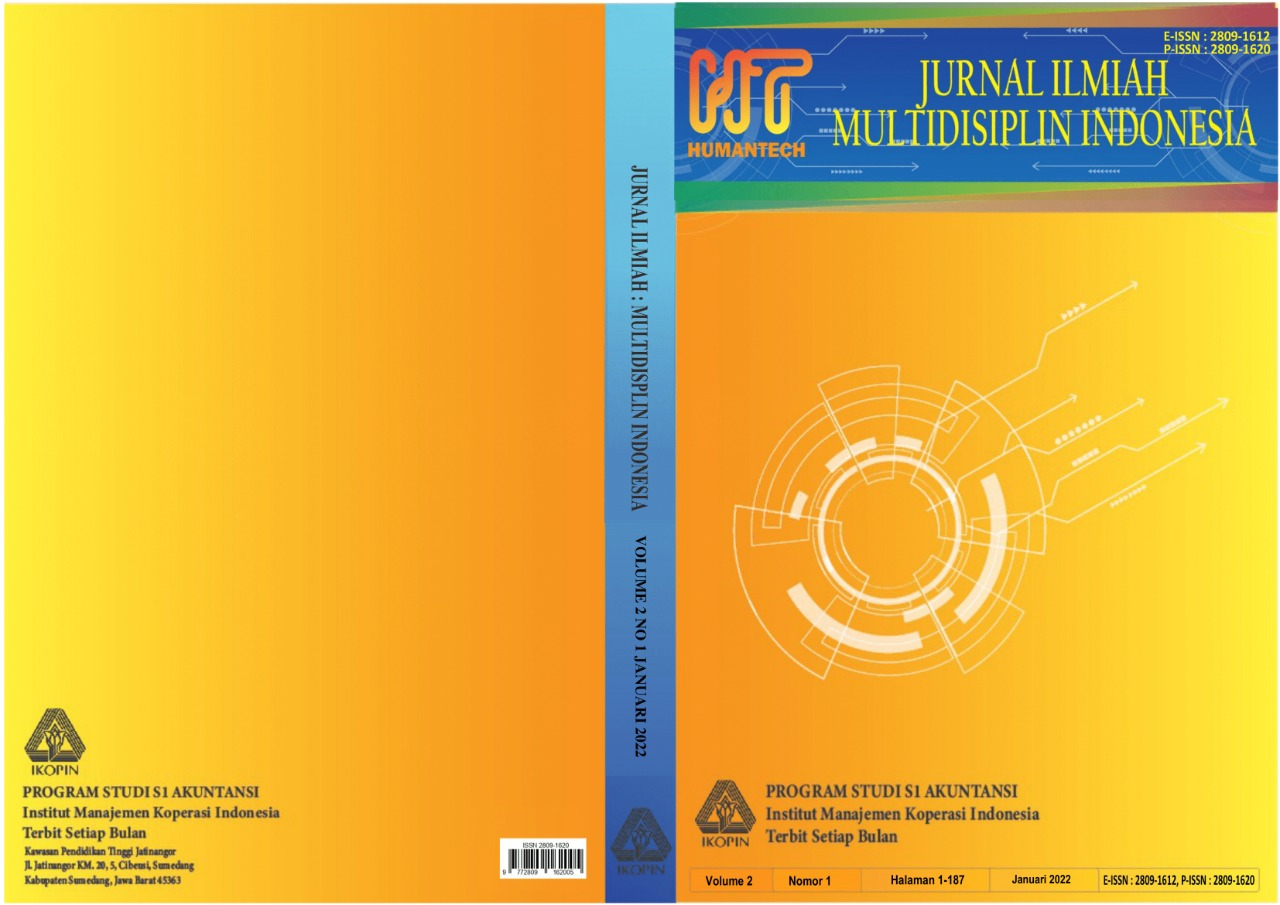Pengaruh E-Marketing Mix terhadap Brand Loyalty
Main Article Content
Abstract
The use of the internet and technology is currently growing rapidly and penetrated in
various fields. Many companies are using it to increase productivity and company life
span. One of the fields that use it is marketing or often referred to as E-Marketing. The
role of E-Marketing itself is currently very important because it will increase the
productivity of companies that use it and increase consumer loyalty because of the
satisfaction it gets. Several previous researchers have conducted research to determine
the effect of E-Marketing on Brand Loyalty. This research was conducted with the aim
of knowing the effect of several variables in the E-Marketing Mix, namely Price
Intelligence, Delivery Risk, Promotion Intelligence and The E-Product on Brand
Loyalty. Samples were taken from 100 respondents using purposive sampling. The data
analysis method used in this research is Multiple Linear Regression with the help of
SPSS to process the data. The results show that there is a strong relationship between
the variables of E-Marketing and Brand Loyalty, Price Intelligence has no effect on
Brand Loyalty, Delivery Risk has no effect on Brand Loyalty, Promotion Intelligence
has no effect on Brand Loyalty and E-product has no effect on Brand Loyalty. Further
research is expected to be able to use different variables between E Marketing Mix and
Brand Loyalty and research is carried out in more depth on an ongoing basis.
Article Details
References
Abi karami, Katon, and Wismiarsi, Tri.2016.”Pengaruh risiko pada keputusan belanja
On-Line”.Prosiding seminar nasional indocompac. Jakarta.
Allaway, A.w., et all (2011). Customer-based brand equity, equity drivers, and customer
loyality in the supermarket industry. Journal in the supermarket industry. Journal in
the supermarket industry. Journal of Product & Brand mangement. 20(3),190-204.
Arbelaitz, O., et all (2013). An extensive comparative study of cluster validity incidices.
Pattern recognition, 46(1), 243-256.
Balabanis, G., Reynolds, N., & Simintiras, A. (2006). Bases of e-store loyality: Perceived
switching barries and satisfaction. Journal of Business Research, 59(2), 214-224.
Bauboniene, Z., & Guleviciute, G.(2015). E-commerce factors influencing consumers
onlien shopping decision. Social technologies,5(1), 74-81.
Bellman, S., Lohse, G. L., & Johnson, E. J. (1999).Predictors of online buying
behavior.Communications of the ACM, 42(12), 32-38.
Bhatnagar, A., Misra, S., & Rao, H. R. (2000).On risk, convenience, and Internet
shopping behavior.Communications of the ACM, 43(11), 98-105.
Chu, S. C., & Kim, Y. (2011).Determinants of consumer engagement in electronic wordof-mouth (eWOM) in social networking sites.International journal of Advertising,
(1), 47-75.
Hadi, Prasetya. (2010).“Pentingnya brand loyality terhadap minat beli ulang.”
Luh Pepita, Retno Setyorini. 2015. “Pengaruh Strategi E-Marketing Mix Kepada
Keputusan Membeli Pada Toko Online (Studi Pada Konsumen Zalora.Co.Id Di
Bandung)”. Telkom University, Administrasi Bisnis. Bandung
Vikaliana, Resista. 2017. “Faktor-faktor resiko dalam perusahaan jasa pengiriman”.
Jurnal logistik indonesia. 01-01.

